I face a dilemma and I suspect I am not alone. In the recent past I have waxed lyrical about my Fujifilm X series cameras. Most recently I wrote about how the Fujifilm X-T4 was the perfect camera for me. At the time that was written, it was indeed perfect for my needs as a hybrid stock photographer/videographer.
Life and indeed photography is forever changing and one of the things that 2021 taught me was that I was very much keen to get back to my roots, shooting stills and not necessarily for stock libraries. I very much want to get back into shooting landscapes and seascapes and I have set 2022 as the year I will do that. Certain aspects of my life have combined to enable me to spend much more time “on the road”, shooting.
So what’s the problem you might ask?
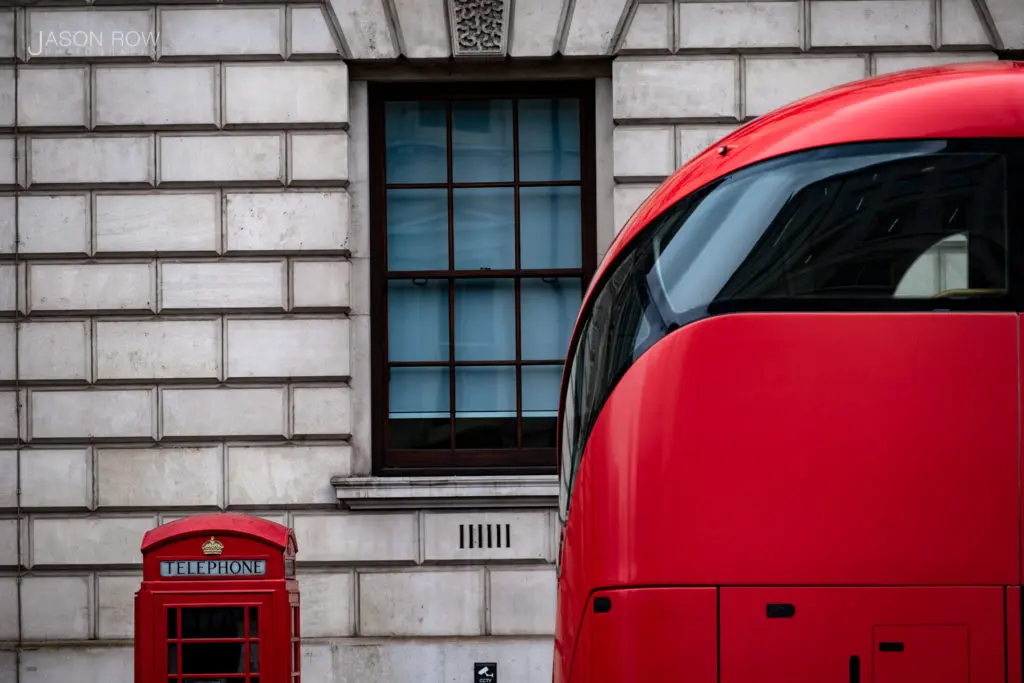
Megapixels Are Important
My Fuji X-T4 is 26mp and that is an excellent resolution for pretty much everything I do now. However, for a much more considered approach to landscape work, I feel that I need more megapixels. The ultimate goal is to start selling large format prints of my best work, never submitting those images to any library. Giving them an exclusivity, if you like.
Large format prints are really going to work best with more megapixels. But not only that, they are going to work best if there is more dynamic range, more tonal range. The ability to capture much more detail across the entire spectrum of light hitting the sensor.
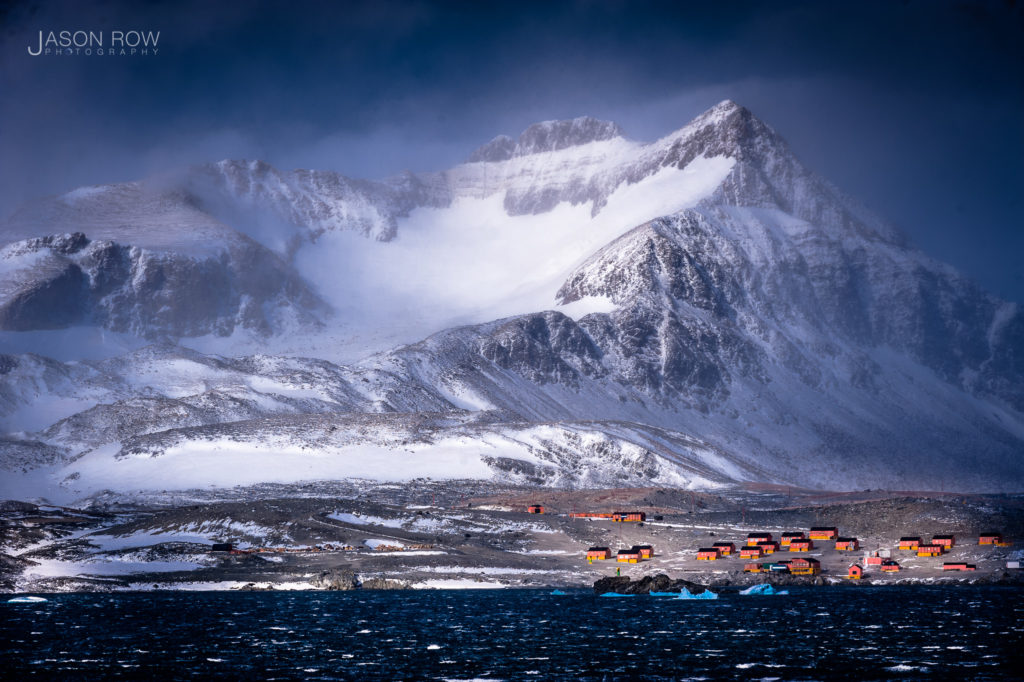
There is the argument that you can use a smaller sensor and shoot HDR, however, that will not work well in many situations. For example, perhaps you want to freeze the motion of waves smashing into backlit rocks. You simply cannot do that with HDR. Perhaps you are trying to capture a bleak moorland on a blustery morning. HDR will turn any grass and leaves into an awful looking mush.
Pixel Density Is Important
So more megapixels are required. But for an increase in tonal and dynamic range, pixel density is very important. Bigger pixels over a larger area are the key that increased range. And that means one thing, a bigger sensor.
The most obvious step up from an APS-C sensor is full frame. However, if you start looking at the prices of the high megapixel full frame cameras, you will notice something. Fuji’s GFX medium format cameras are a very similar price to full frame mirrorless with a similar megapixel count. However that megapixel count is spread over a significantly larger sensor. A full frame sensor is 24x36mm, the sensor on the Fuji GFX 50S is 44x33mm. That might not look a lot on paper but if you compare them visually that difference looks more dramatic.
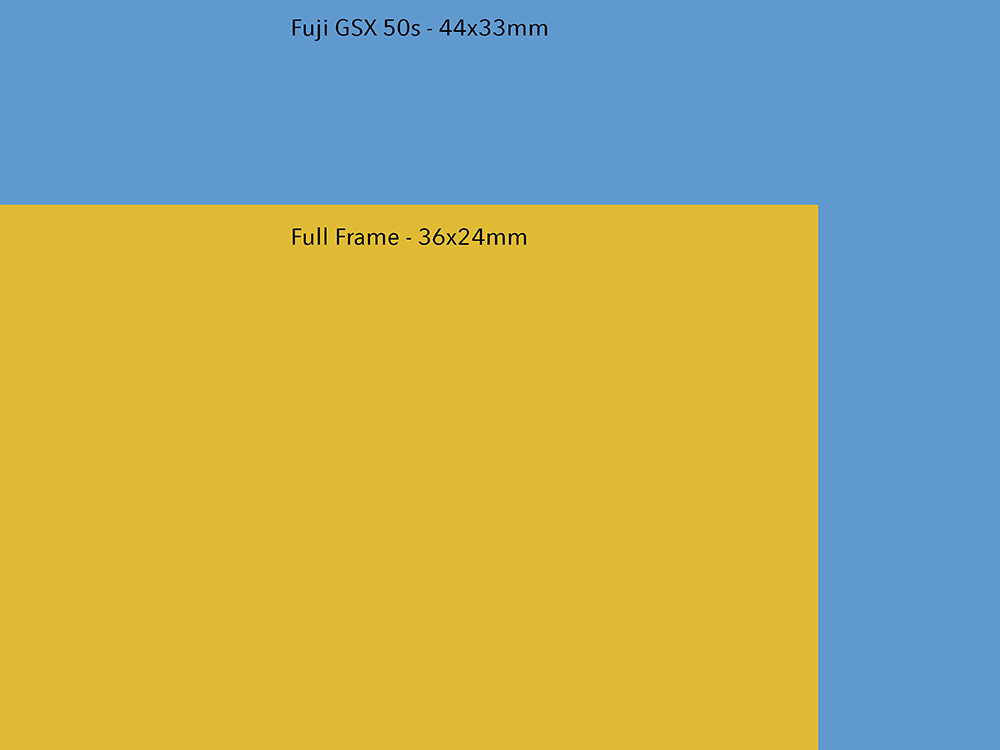
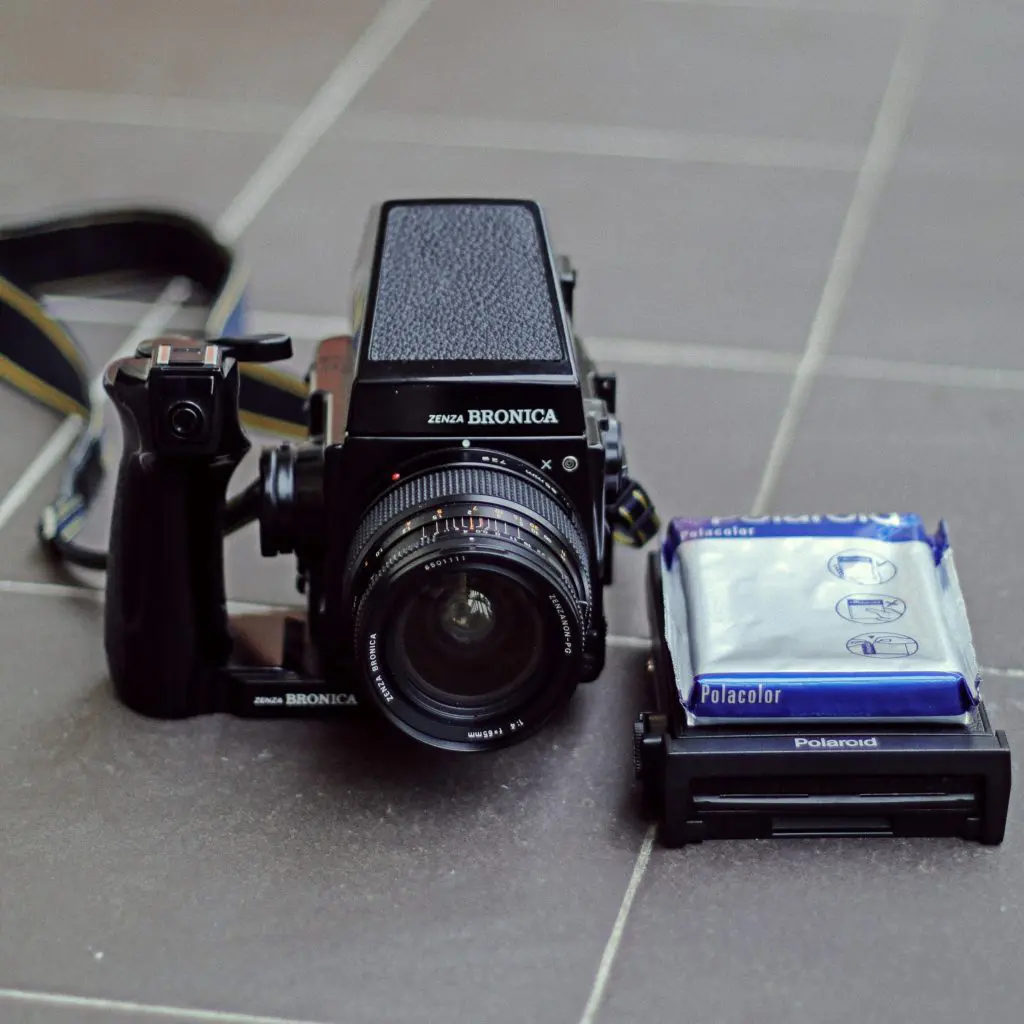
There is one other consideration at play here. Fuji recently released the GFX 50S II. This has lead to there being quite a few, good quality used, original GFX 50S models on the market. For very good prices, up to a $1000 less than a Nikon Z7ii. So, the Fuji GFX it is then? Well not necessarily.
This is The Real Dilemma
As mentioned, I am a hybrid stock photographer. The bulk of my income comes through stock video licenses. Shooting video is also something I very much enjoy and will definitely be part of my future in 2022. The dilemma I face is that if I go the GFX route, I need two camera systems. The Fuji GFX 50 is a pure photography camera. It shoots some video but only in HD 1920×1080 and only at a maximum frame rate of 30fps. It’s real raison d’etre is to shoot high quality, high megapixel still images. Something it excels at.
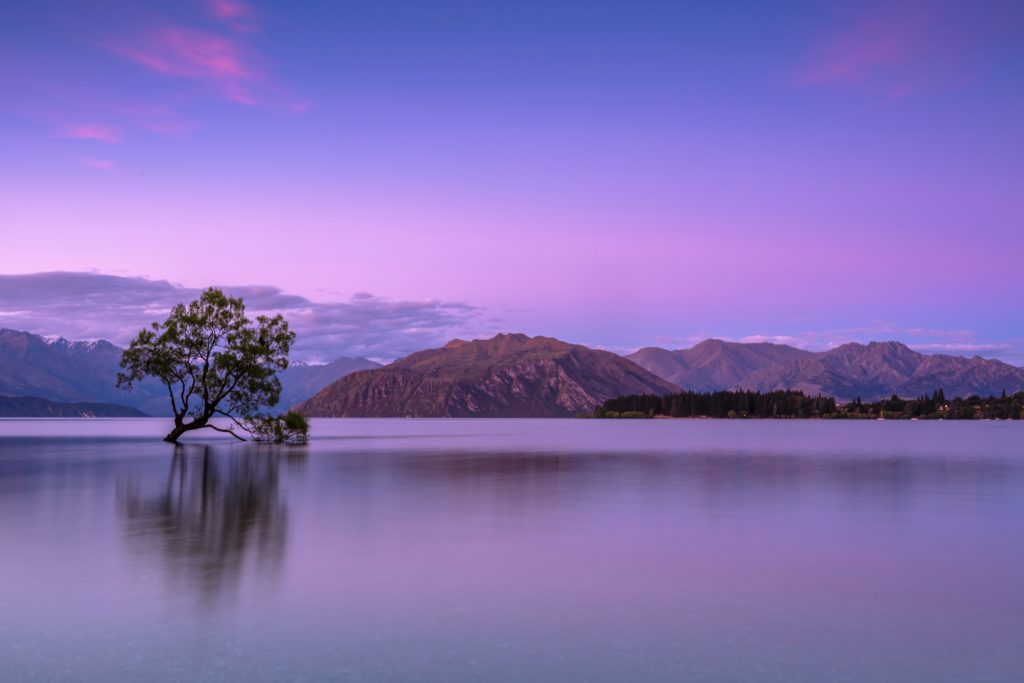
One of my reasons for getting the Fujifilm X-T4 was it’s ability to shoot 4k footage at 60fps in 10 bit. This gives that footage immense flexibility. The X-T4 was one of the few cameras either APS-C or full frame that offered this capability at a “reasonable” price.
There is however another option. One that will give me 50mp on a larger sensor but also allow me to shoot 4K video in 60fps. That option is the Nikon Z7ii.
Buying into the Nikon Z series, would allow me to carry one camera system to cover both the high end stills and the 4K video. Seems like the obvious option then?
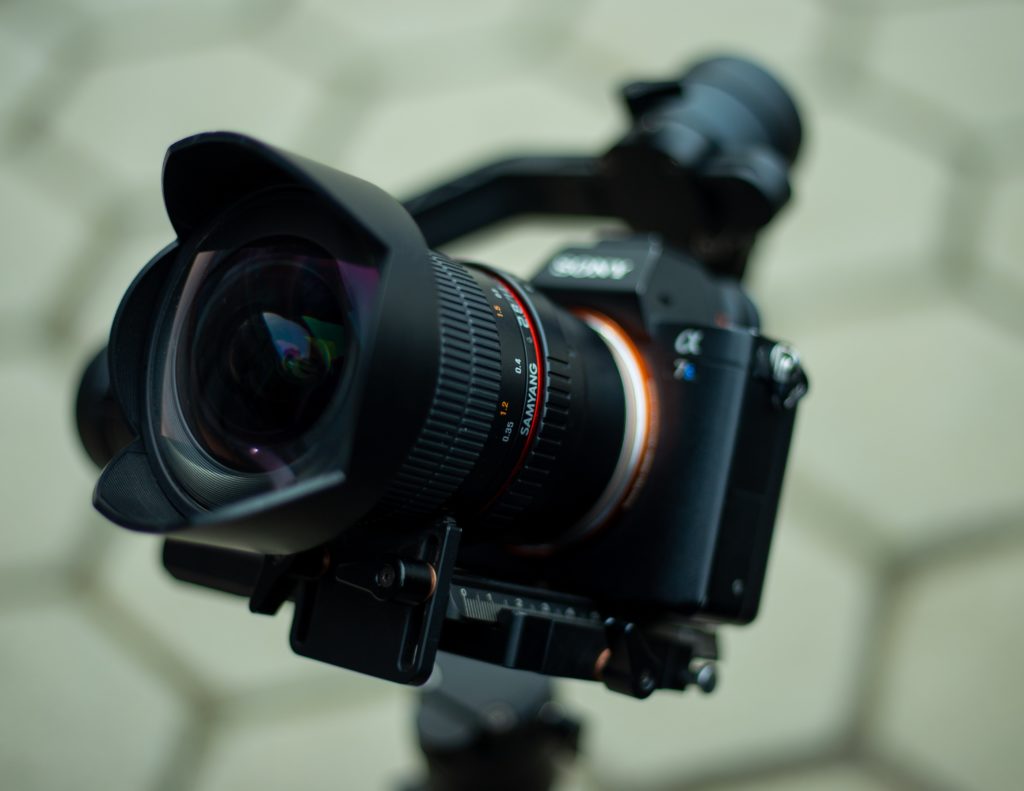
Change Is Hard
The Nikon Z7ii is undoubtably an incredible camera. I cut my teeth on shooting Nikon from the F3 all the way to the D3. I have always been impressed with Nikon’s products. Depsite a deep in form over the last few years, Nikon are very much back, the Z9 pushing boundaries like the D3 did back in 2006. The Z7ii is a compelling argument.
However, I still have a dilemma with this argument. I really like the Fuji ecosphere. I love the way the X-Series cameras handle. Coming from the era of film, having a proper aperture ring, was bliss. Turning a big chunky dial to change the shutter speed was nirvana. Of course these are not hugely important in choosing a camera, however the muscle memory that we develop using cameras is very important.
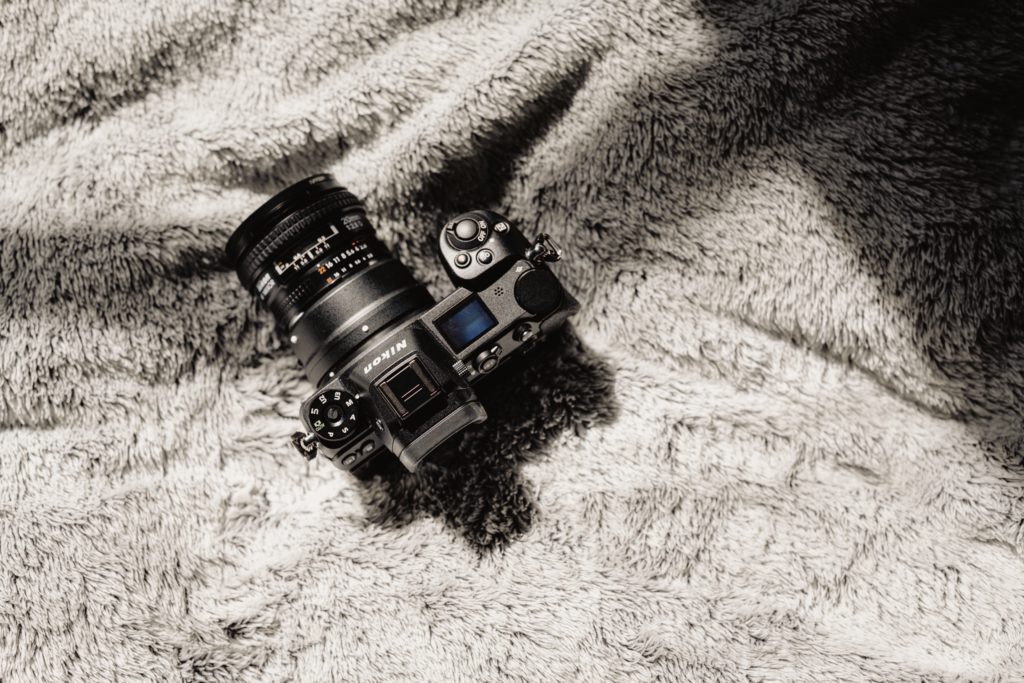
Because I am tuned into the Fuji way of thinking any change to a completely new system will come at the cost of learning. If photography is not your main source of income, then learning a new camera system is an enjoyable experience. You have time to try out all the new things that your system offers. You have time to learn from your mistakes, knowing that those mistakes are not costing you money.
However when photography and video is your full time income, things change. Changing an entire camera system requires a lot of consideration and time needs to be factored in to retune the mind into the new system.
Writing this article was, in some way a cathartic process to enable me to rationalise about the medium format dilemma. Has it worked? In some ways yes, I am clearer on the pros and cons of each option. Have I decided? No, I am a long way from being settled in my mind as to which direction to go. I will get there, eventually. Perhaps the most important take from this is that either way, I will be buying into an amazing camera system. That’s very much the wonder of photography today, we have so much choice, so many options and virtually none of those options are bad.

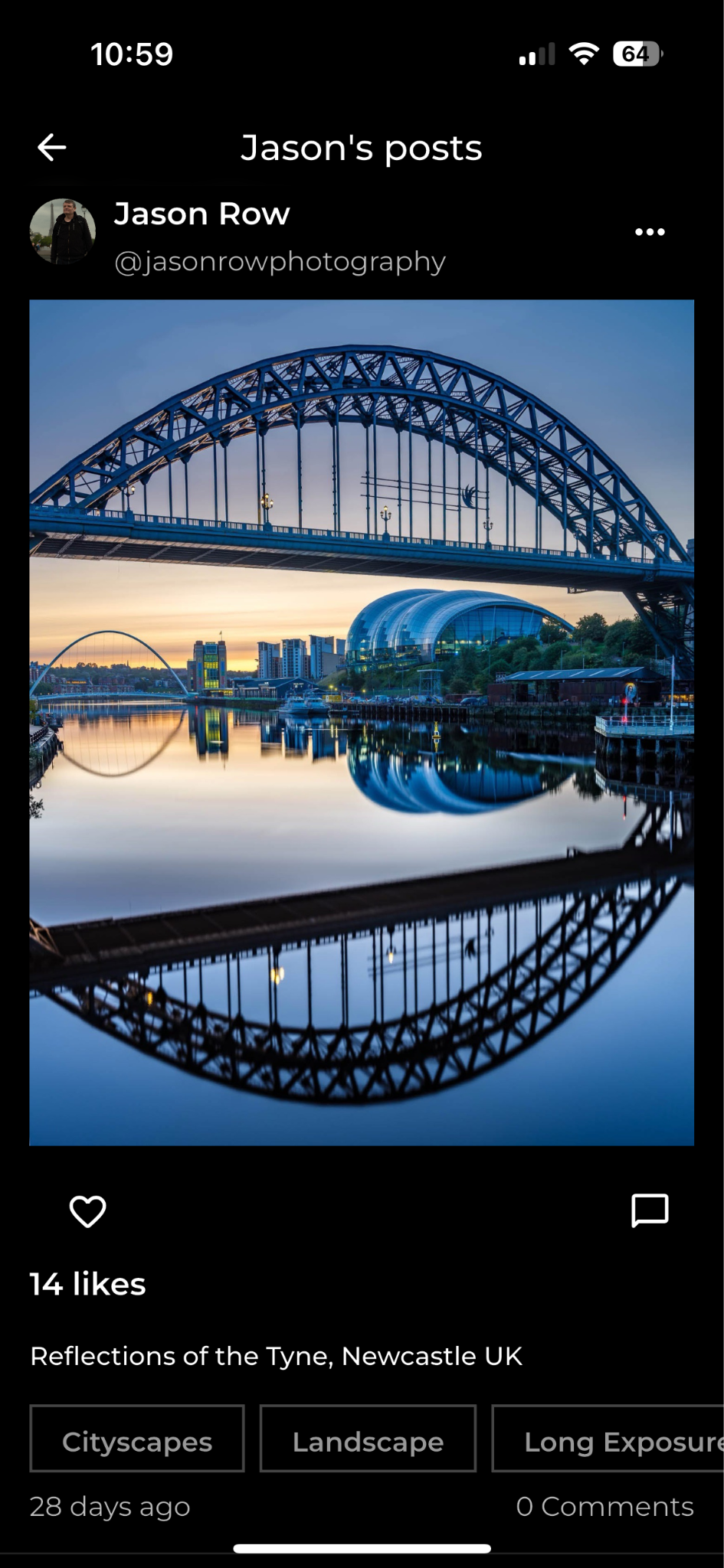
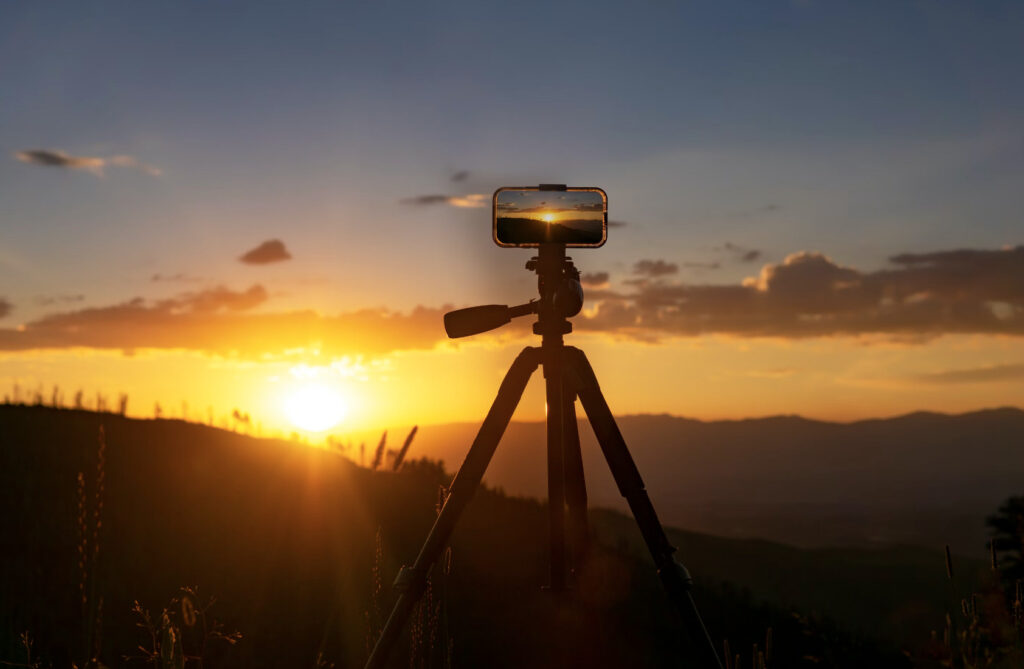

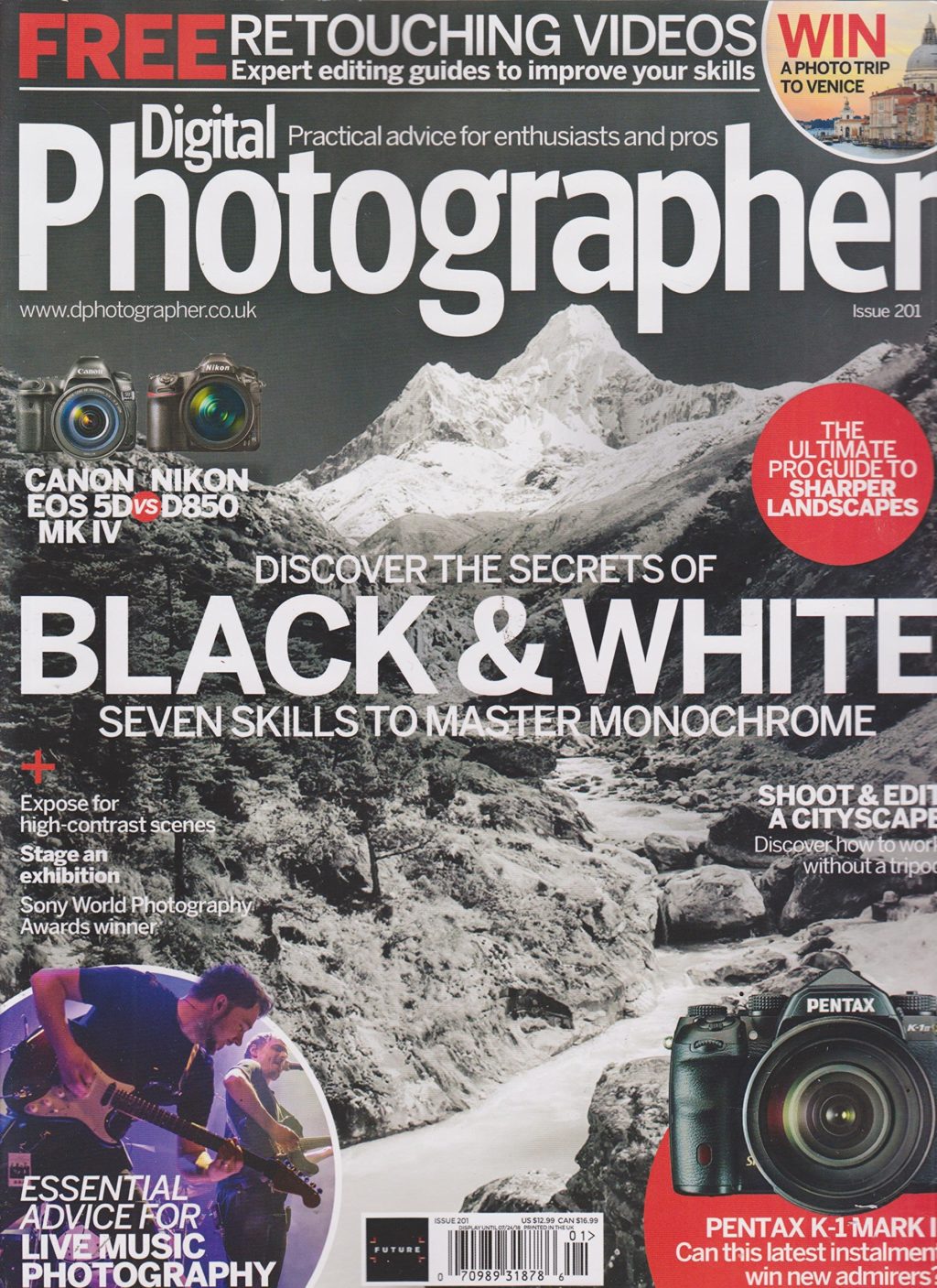
3 Comments
Change is difficult.
I can symphatize with your dilemma. I currently shoot with a nikon d850 and own a bunch of F mount expensive glass. I’m tempted by the 100 megapixels of the Fuji GFX 100s, and the larger sensor (I value IQ over speed and print large).
However I hesitate to finally transition to mirrorless, but not benefit from some of the major benefits of modern mirrorless cameras: video as you said, but also fast and smart autofocus tracking. So I’m waiting for one of two things: either a full frame mirrorless to come out with 100 MP or Fuji to make a new medium format with better video and autofocus tracking.
You have a lot of experience with photography Jason so my suggestion may be redundant , How about Renting each of these two cameras the Nikon and the Fuji and see which one covers all the things you require like handling ect ect , Just an idea and one which you may have already considered .. Best wishes whatever you decide mate.